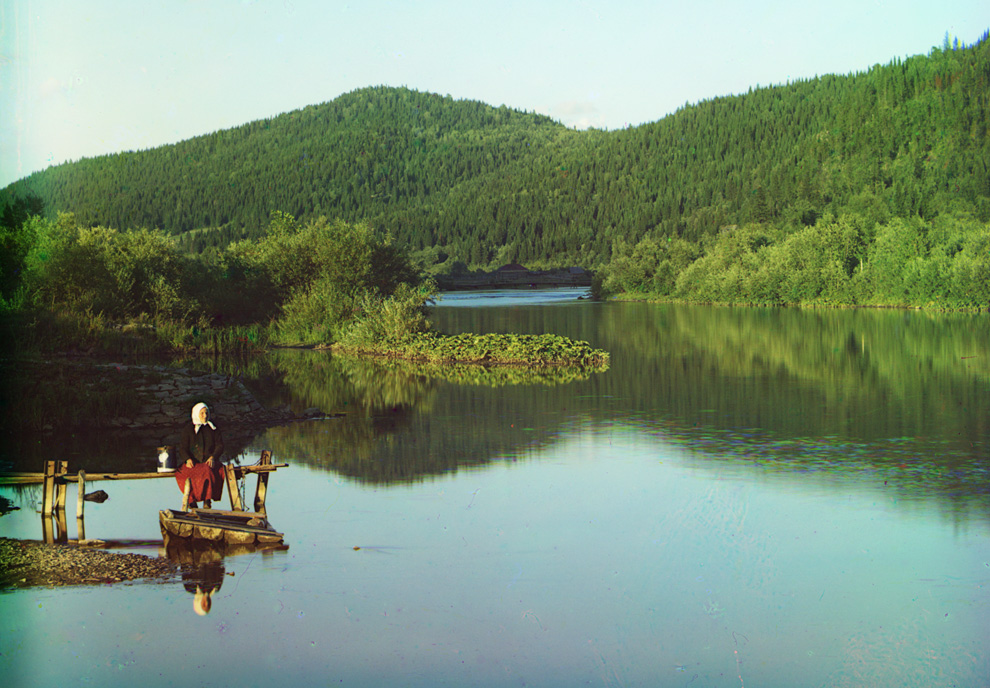For digital synthesizer and computer.
Accurate playback achieved only at high volume. 45 RPM.
Label colours: PANTONE 361 (side A) / PANTONE 266 (side AA).
Comes in a 140 micron polished finish PVC sleeve.
Contains 2 locked grooves and a palindrome.
 PURCHASE
PURCHASEWritten by Stephen Sharp and Roc Jiménez de Cisneros, 'RAVE SLIME' is a double blow of brutalist composition and raw electronic music. The 12" revisits the classic hoover sound [1] in a Radical Computer Music [2] style, that moves it away from any kind of foreseeable dance floor. The hoover sound, popularized by many rave music productions since the early nineties, comes from a preset patch for the Roland Juno Alpha synthesizer called "What The?", engineered by Eric Persing in 1986 after he became Chief Sound Designer for the Roland Corporation [3].
Although the two sides of 'RAVE SLIME' stem from the same idea, they were composed using different methods: a digital synthesizer and custom-written generative software. True to the computer music for hooligans motto that has been behind EVOL since the late nineties, the record approaches the iconic "What The?" sawtooth frenzy through various structural devices. Side A features orderly, ascending-descending note arrays to build a superposition of monolithic waves, while side AA (developed from an installation exploring multistability [4]) uses symmetry-breaking lattices that create a mesh of self-similar patterns.
NOTES
[1] The original settings for Eric Persing's “What The?” patch for the Roland Juno Alpha 1/2/MK-S50 are as follows: DCO RNG = 32'; DCO LFO = 00; DCO ENV = 127; DCO ENV = D\; DCO AFT = 09; DCO BEND = 12; PULSE = 03; SAWTOOTH = 03; SUB = 05; SUB LEVL = 03; NOIS LEVL = 01; PW / PWM = 127; PWM RATE = 102; HPF FREQ = 02; VCF FREQ = 127; VCF RESO = 00; VCF ENV = 127; VCF ENV = I\-; VFF LFO = 114; VCF KEYD = 11; VCF AFTR = 15; VCA LEVL = 118; VCA ENV = I\-; VCA AFTR = 14; CHORUS = ON; CRS RATE = 92; LFO RATE = 46; LFO DELY = 64; ENV T1 = 00; ENV L1 = 68; ENV T2 = 44; ENV L2 = 127; ENV T3 = 41; ENV L3 = 127; ENV T4 = 00; ENV KEYB = 09.
[2] The term Radical Computer Music was coined by the Danish/Faroese musician/artist Parl Kristian Bjørn Vester, aka Goodiepal or Gæoudjiparl van den Dobbelsteen, whilst a teacher in composition at the Royal Academy of Music in Aarhus, Denmark, between 2004-2008. (From Wikipedia).
[3] "When the Roland MSQ700 (the first MIDI sequencer) was introduced, no-one at Roland could figure out how to use it. Because of all the time we had at the store, we figured out a lot of weird tricks. Like if you played the parts from a Jupiter 6 and powered up the MSQ700 last in the MIDI chain, you could get a multitimbral, multitrack sequence playing. I know that doesn't sound like a big deal now, but at the time it was pretty mind-blowing. So we put these awesome demos together with every instrument in the entire store MIDI'd together. Anyway, Roland started sending their employees down to our store to get trained on their own gear by us. Tom Beckman (then President of Roland US) came down to see what was going on, and I gave him the big demo and he dug it. He asked me to demo at the '84 NAMM show and then I was in." (Eric Persing interviewed by Kevin McDaniels on Sound On Sound).
"This is so totally amazing to me! I made those original 'Hoover' factory sounds (like 'What The?') for the original Roland Alpha Juno back in 1986 as basically JOKE patches. (They made the Japanese guys laugh!). To see them turned into a cult with their own websites and serious hard house fans is beyond bizarre! You never know what will catch on…" (Persing on the unanticipated popularity of the "What The?" patch. http://www.kvraudio.com/forum/archive/instruments/2002-04/1914.php).
[4] Hands in the air, reach for the laser, for 12-channel diffusion system. Diapason Gallery, New York, March 2010.
website







